Congratulations to two NASA Explorer Schools educators, Lanena Berry from the Houston Independent School District, in Houston, Texas, and Joan Labay-Marquez from Curington Elementary School in Boerne, Texas, who are two of seven recipients of the 2013 American Institute of Aeronautics and Astronautics Foundation Educator Achievement Award.
The AIAA Foundation presents the Educator Achievement Awards every two years to classroom teachers who have demonstrated exemplary efforts in exciting students in grades K–12 about the study of mathematics, science and related technical studies, and in preparing them to use and contribute to tomorrow’s technologies.
AIAA Executive Director and former NASA astronaut Sandra H. Magnus stated: “The seven educators selected to receive the 2013 AIAA Foundation Educator Achievement Award are a testament to how love of a subject coupled with inspiring teaching helps build the next generation of aerospace engineers and scientists. All it takes is a single spark, lit by an engaging teacher, to ignite the curiosity and interest of a student about the wonder and creativity resident in the world of science and engineering.”
Each winner will receive a trip to Washington, D.C., and will be honored at the AIAA Aerospace Spotlight Awards Gala on May 8, 2013.
The AIAA Foundation Educator Achievement Award has been presented to over 52 educators since 1997 and has become a sought-after honor in the education community.
For more information on the AIAA Foundation Educator Achievement Award, please contact Lisa Bacon or call 703-264-7527.
Link to the NASA Explorer Schools home page.

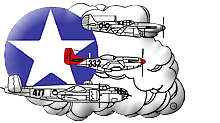 Connect with NASA’s Digital Learning Network, and let your students explore history and science with NASA and Tuskegee. On Feb. 20, from 2-3 p.m. EST, your students will have a chance to discuss the early frontiers of aviation with a contrail scientist and a pilot who is president of the Howard Baugh Chapter-Tuskegee in Petersburg, Va.
Connect with NASA’s Digital Learning Network, and let your students explore history and science with NASA and Tuskegee. On Feb. 20, from 2-3 p.m. EST, your students will have a chance to discuss the early frontiers of aviation with a contrail scientist and a pilot who is president of the Howard Baugh Chapter-Tuskegee in Petersburg, Va.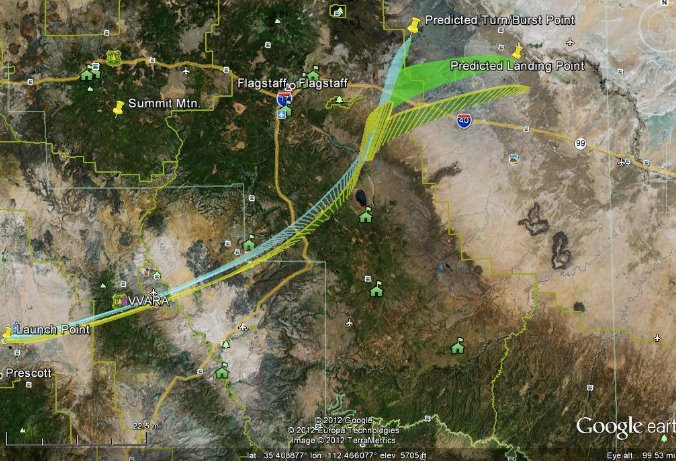
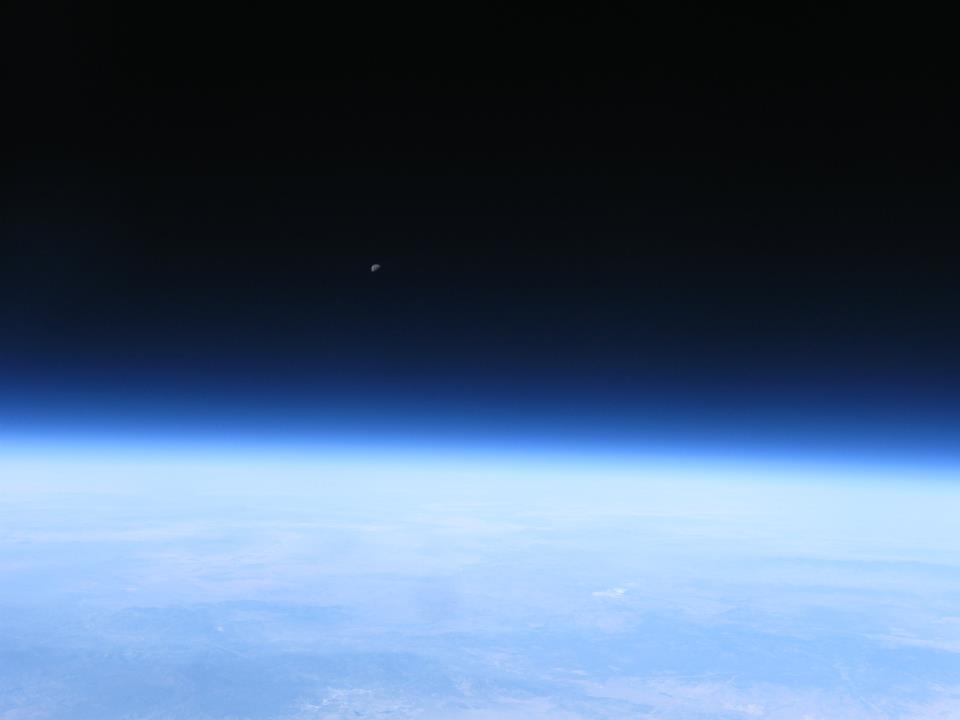
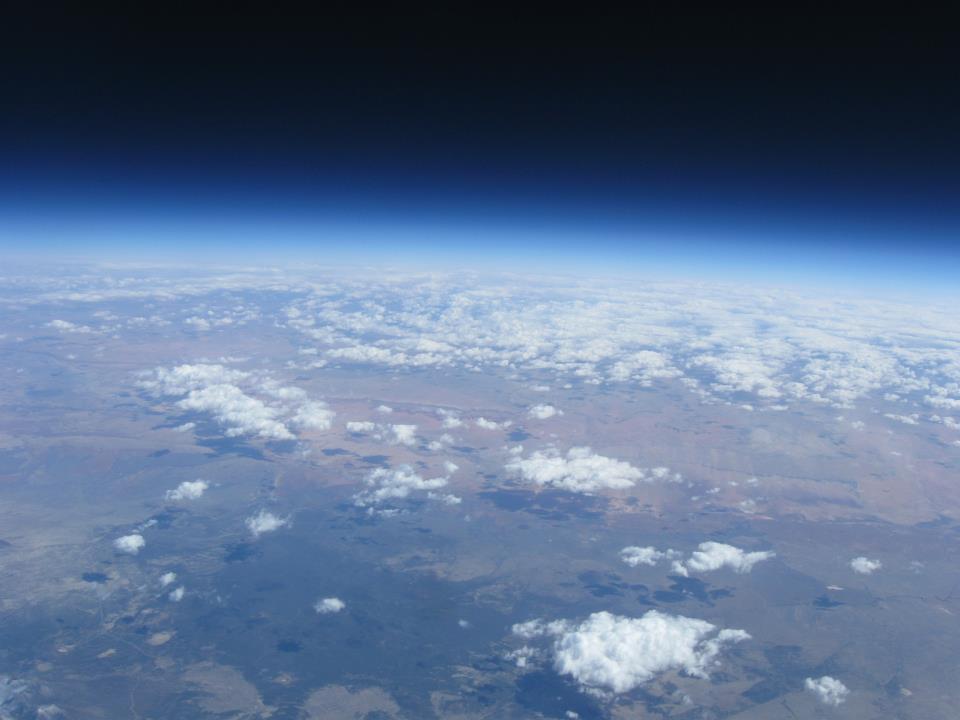
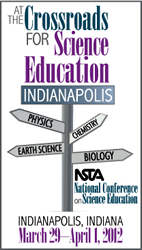 If you are attending the 2012
If you are attending the 2012  Melody Shaw gave 700 fourth- and fifth-grade students an opportunity to put themselves in the shoes of NASA engineers. Shaw is a science lab teacher at Grenada Upper Elementary School in Grenada, Miss.
Melody Shaw gave 700 fourth- and fifth-grade students an opportunity to put themselves in the shoes of NASA engineers. Shaw is a science lab teacher at Grenada Upper Elementary School in Grenada, Miss.